Why Smaller Really Is Getting Better
There have been two recent advancements in technology that will make it easier for manufacturers to put a lot more punch in smaller packages. Intel released news about a new 3d transistor technology, and Seagate announced breaking the 1 TB per platter hard drive barrier. Both of these announcements show the drive for companies to create smaller and smaller footprints for their technology.
Moore’s Law states that the amount of transistors that can be placed on a circuit will double every two years. Intel’s announcement means they’re going to be able to keep developing technology that proves the law. Previously, transistors were placed on a circuit on a flat surface. This new technology means that is no longer the case. Therefore, there can be more transistors on each circuit.
Intel says that the costs should be minimal, both in terms of production and in terms of operation. The chips won’t cost much more to make than they currently do, and the heat production should not be all that much higher than it is with current chip technology.
The minimal costs in terms of production are outweighed by the benefits of this technology. The chips made using the new 22NM process and the 3d transistor technology will have lower voltage, lower leakage and more speed.
These chips will be used in desktops and laptops to begin with, probably in early 2012. They will increase performance even in larger data centers. But the real benefit of this technology will be in the mobile market. That is where Intel really needs to make strides if it wants to stay relevant. This technology will do it for them. It will mean a lot more power in the smaller footprint of mobile phones and tablets.
Seagate is also putting more power in a smaller package. They are now able to put one TB per platter in a 3.5 inch hard drive. This means that the hard drives have an impressive capacity of 625 GB per square inch. Within a few months you will be able to buy a 3.5†3 TB hard drive. You can back up all of your data onto small hard drives that will fit just about anywhere.
You will be able to get the new drives in 1, 1.5, 2 and 3 TB sizes. Seagate has not yet released pricing on the drives.
Seagate and Intel are both thinking that smaller is better. This is because the trend to smaller and more mobile technologies is driving the industry as consumers become more likely to spend their money on laptops than desktops. Tablets and smartphones are becoming ever more commonplace. These two advancements show that companies are aware of the fact that people want to fit more power into smaller packages.
How have your computing habits changed in the last while? Are you going smaller? Do you find yourself using mobile devices to do tasks that you used to do on a desktop? Do you use a desktop or a laptop as your main computer?
Advertisement



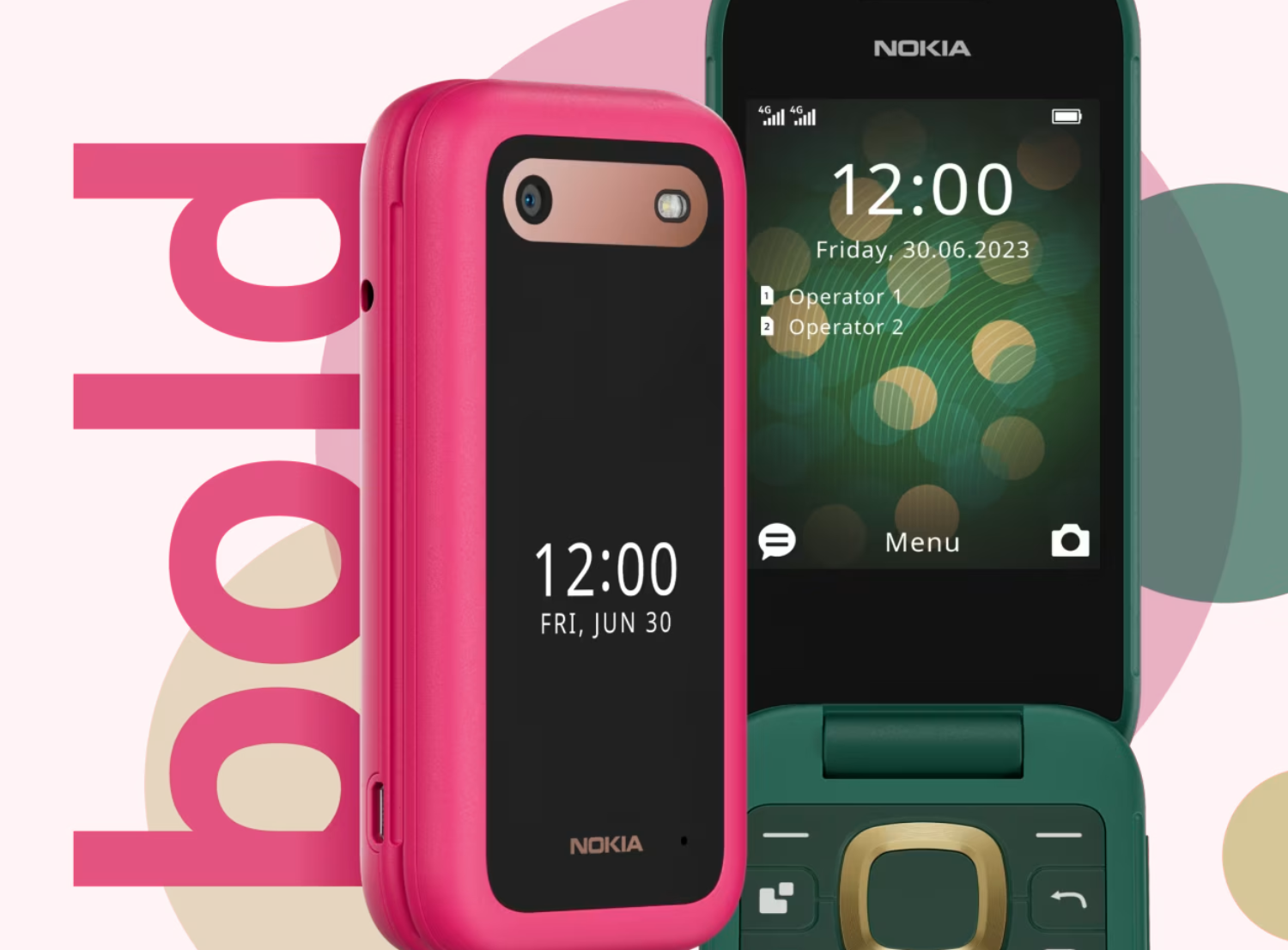
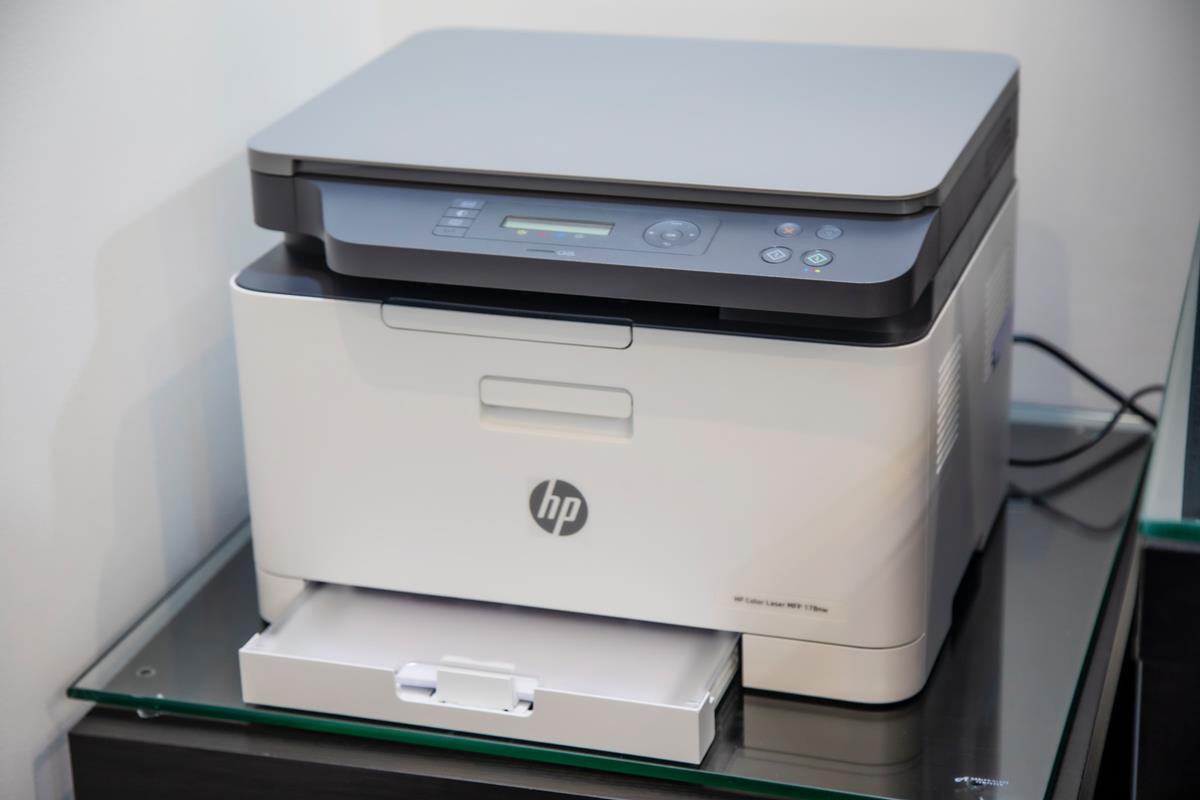
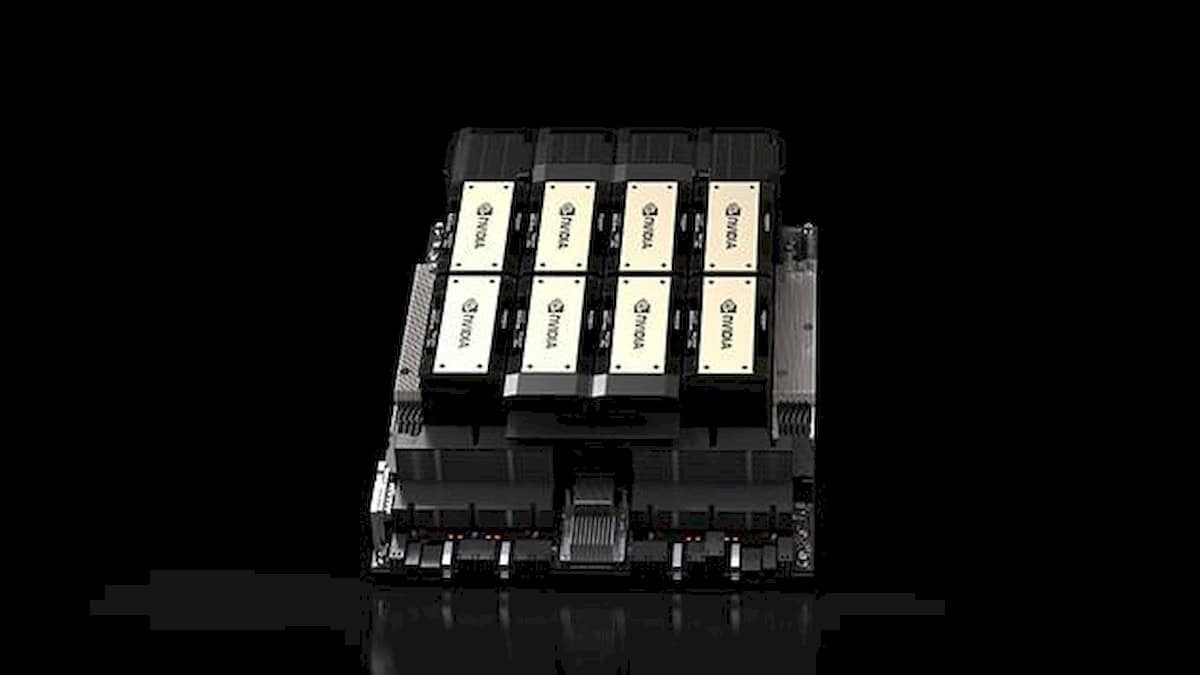
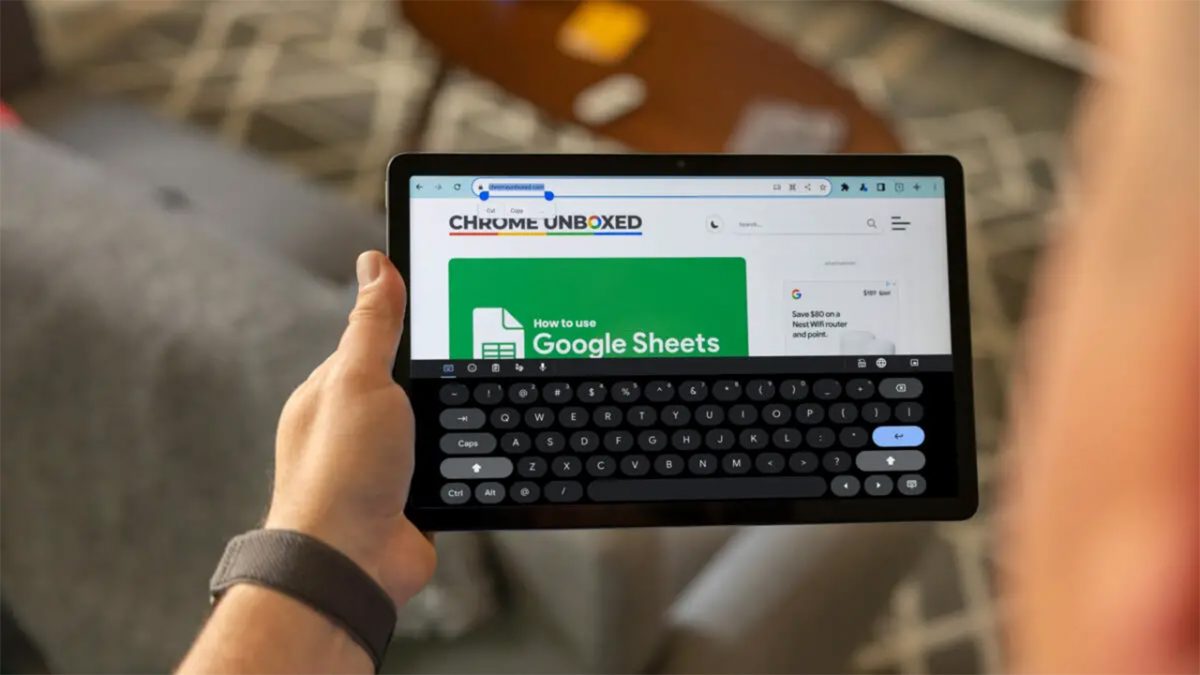
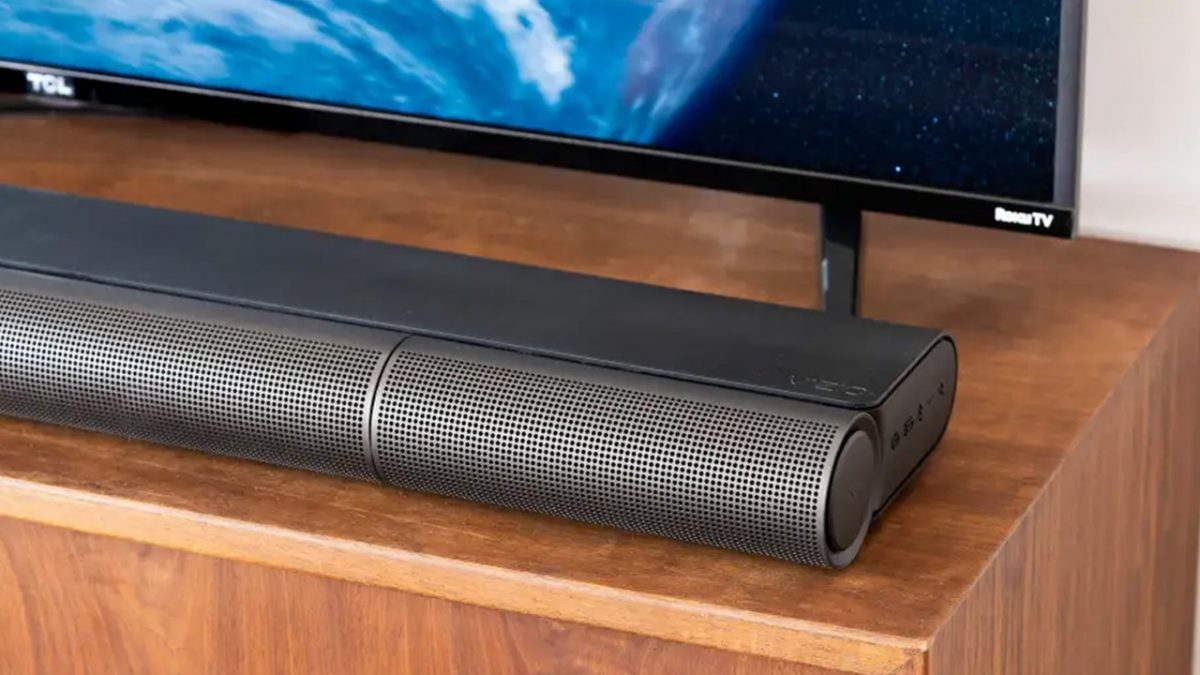
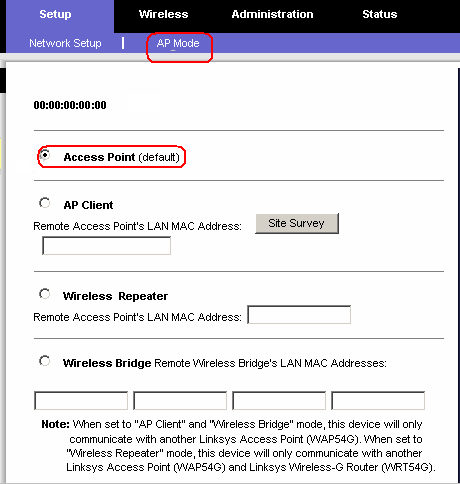
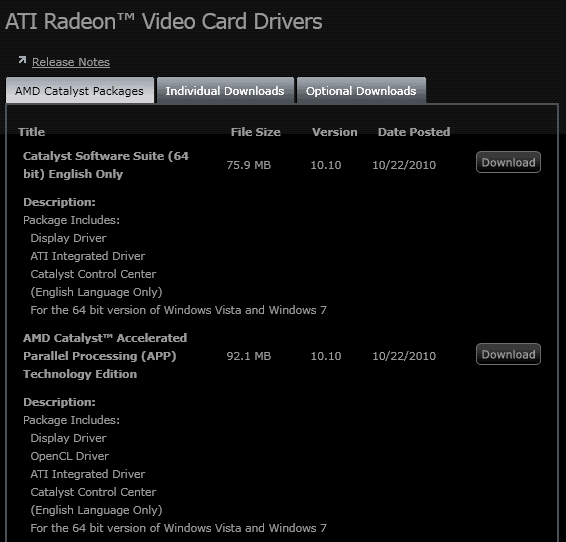











I really think that;
in nearly 2020 all BIG devices (PCs, Laptops) maybe disappear slowly … and Mobile devices will eat the market.
we saw a mobile devices with a dual core processor and more than 1 GB of RAM…
with this increased technology … I am waiting to see my Laptop Core2Duo and 4 GB of RAM in a mobile form in less than a year or two.
Mobiles with a projector
mobiles with a Dual Touch Screen
Mobiles which support virtualization
and mooooore
So… Maybe the BIG things will still just for Datacenter and some other…
Well many users want to work on big screens, not small ones. I’d say that mobile devices get smaller and lighter, to a point, but you’d still have large screens for desktop users. Even if the computers get smaller, the screens should get even bigger. That is,until a new tech comes along that revolutionizes that as well. Maybe holo, or direct feed in the brain or whatever.
Yes… and i am one of those who likes the BIG Screens.
But i think this is the point …. if the mobile devices could introduce the BIG Screens in the small form … i think it wins…
maybe including Projector in the device… or a folded big screens or direct feed into brain as you mentioned or whatever will be…
consider the power of keeping your super-high computer into you pocket …!!!
Started to be afraid of the future … and its amazings …!!!